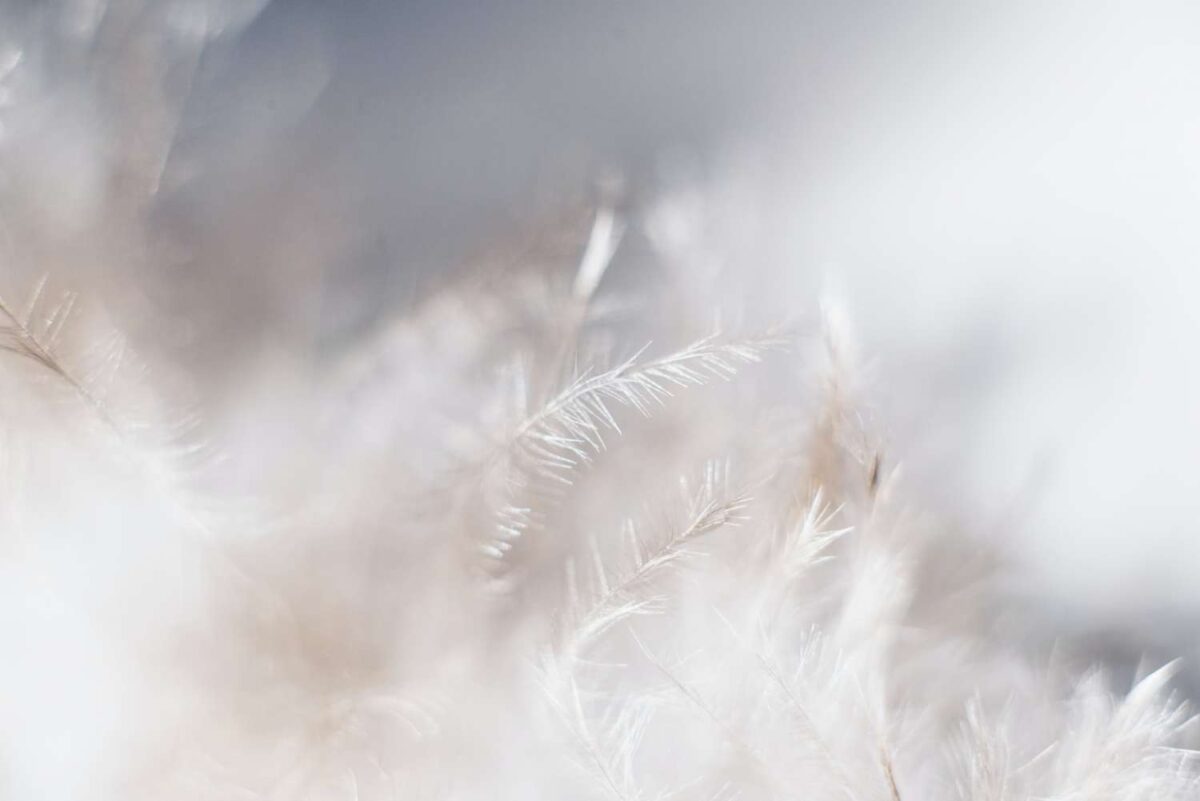Services
Sowa Rigpa
Origin and Birth place of SOWA RIGPA
“Sowa Rigpa” commonly known as Amchi system of medicine is one of the oldest, Living and well documented medical tradition of the world. It has been popularly practice in Tibet, Magnolia, Bhutan, some parts of China, Nepal, Himalayan regions of India and few parts of former Soviet Union etc. There are various schools of thought about the origin of this medical tradition, some scholars believe that it is originated from India; some says China and others consider it to be originated from Tibet itself.
The majority of theory and practice of Sowa-Rigpa is similar to “Ayurveda” . The first Ayurvedic influence came to Tibet during 3rd century AD but it became popular only after 7th centuries with the approach of Buddhism to Tibet. There after this trend of exportation of Indian medical literature, along with Buddhism and other Indian art and sciences were continued till early 19th century.
Oldest, Living and well documented medical tradition of the world
India has always been favorite place for learning Buddhist art and culture for Tibetan students; lots of Indian scholars were also invited to Tibet for prorogation of Buddhism and other Indian art and sciences. This long association with India had resulted in translation and preservation of thousands of Indian literature on various subjects like religion, sciences, arts, culture and language etc. in Tibetan language. Out of these around twenty-five text related to medicine are also preserved in both canonical and non-canonical forms of Tibetan literatures.
Many of this knowledge were further enriched in Tibet with the knowledge and skills of neighboring countries and their own ethnic knowledge. “Sowa-Rigpa” (Science of healing) is one of the classic examples of it. Gyud-Zi (four tantra) the fundamental text book of this medicine was first translated from India and enriched in Tibet with its own folklore and other medical tradition like Chinese and Persian etc. The impact of Sowa-Rigpa along with Buddhism and other Tibetan art and sciences were spread in neighboring Himalayan regions. In India this system has been practiced in Sikkim, Arunachal Pradesh, Darjeeling (West Bangal), Lahoul & Spiti (Himanchal Pradesh) and Ladakh region of Jammu& Kashmir etc.
Theory and Practice
Sowa-Rigpa is based on the principles of Jung-wa-nga (Skt: panchamahabhutas) and Ngepa-Sum (Skt: Tridosa). Bodies of all the living beings and non living objects of the universe are composed of Jung-wa-nga; viz Sa, Chu, Me, Lung and Nam-kha (Skt: Prithvi, Jal, Agni, Vayu and Akash). The physiology, pathology Pharmacology and metria -medica of this system are established on these theories. Our body is composed of these five Cosmo physical elements of Jung-wa-nga; when the proportion of these elements is in imbalance in our body disorder results.
The medicine and diet used for the treatment of disorders are also composed of the same five basic elements. In the body these elements are present in the form of Ngepa-Sum (Skt: Tri-dosa) Lus-sung-dun (Skt: Sapta Dhatu) and Dri-ma-Sum (Skt: Trimala). In drugs, diet and drinks they exist in the form of Ro-dug (Skt: Shast-rasa) Nus-pa (Virya) Yontan (Skt: Guna) and Zhu-jes (Skt: Vipaka). It is in context of this theory that a physician would use his knowledge, skills and experience in treating a patient, using the theory of similarity and dissimilarity (Skt: Samanaya and Vísesa) of five elements.
The basic theory of Sowa-Rigpa may be adumbrated in terms of the following five points:
- The body in disease as the locus of treatment;
- Antidote, i.e., the treatment;
- The method of treatment through antidote;
- Medicine that cures the disease;
- Materia Medica, Pharmacy & Pharmacology
Training and Education
Traditionally the Amchis are trained under the traditional educational system either under private guru-shisya tradition or under gyud-pa (lineage) system in families in which the knowledge is passed down from father to son through generations. It takes several years to become a skillful Amchi, which requires hard theoretical and practical trainings.
After finishing his/her training the trainee Amchi has to give an examination in front of the entire community in the presence of a few expert Amchis in a ceremony to confer the designation of Amchi on him/her. For higher training, those from the Indian Himalayan region as well used to go to study with reputed scholars or to any of the medical colleges in Tibet in the past. Some from these regions preferred to go to Tibet to begin their education of Sowa-Rigpa.
Given the modern social and educational system, some institutions are imparting the education at par with the modern system in terms of time with packages to be completed within a limited duration. Presently, after 10+2 grate the students are selected on entrance test merit basis. The nomenclature of this six years course is Bachelor in Tibetan Medical System (BTMS) or Amchi Chikitsa Acharya. This course is presently conducted in following four Institutions in India:
- Central Institute of Buddhist Studies, Leh (under Ministry of Culture, Govt. of India)
- Tibetan Medical and Astrological Institute, Dharamsala HP of his Holiness Dalai Lama
- Central University for Tibetan Studies, Saranath UP (under Ministry of Culture, Govt. of India)
- Chockpori Medical Institute Darjeeling (W.B).
Infrastructures of SOWA-RIGPA IN India
In most of Himalayan regions Sowa-Rigpa is practiced in traditional way with community support with an Amchi in every village. But since the last two decades this scenario has been changing, adopting some of the administrative elements of modern hospital system in educational Institutions, dispensaries, hospitals and pharmacies etc. Nevertheless, still there are all together around 1000 practitioners of Sowa-Rigpa in India catering health care in harsh Himalayan regions and other places.
Dharamshala in Himanchal Pardesh and Ladakh region of J&K are the main Centers for Sowa-Rigpa Institutions in India. After taking refuge in India His Holiness the Dalai Lama has been in Dharamsala (Himachal Pardesh) where he has set up the Tibetan Medical and Astro. Institute to train the youngsters and provide quality health service through Sowa-Rigpa. This Institute has a Medical college, Pharmacy, Astrology section and a chain of 40-50 clinics all over India. There is Central Council for Tibetan Medicine in Dharamsala to regulate the practice of Sowa-Rigpa in India, it looks after the registration of practitioners, standard of colleges and other mechanism to regulate Sowa-Rigpa.
- Ladakh
- Himachal Pardesh
- Arunachal Pradesh
- Sikkim, Darjeeling and Kalimplong
- Other regions of India
Discover more from DAD Ayurveda
Subscribe to get the latest posts sent to your email.








